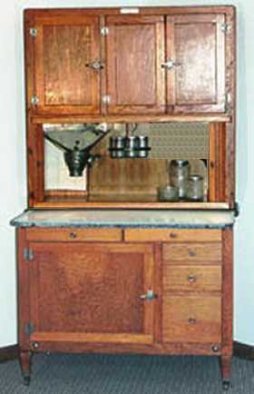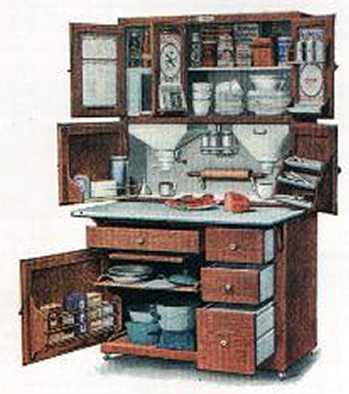| From the Leelanau Enterprise
Before electricity and refrigerators kept food cool and safe, men toiled
long hours "harvesting" ice form lakes and rivers in the winter to use
during warmer months. Most harvested ice in January, February and early
March. The work was done with tools found on any farm. Small operations
used a saw, ax, ice tongs and a few men. An average block was 24 inches
long and wide, about 12 inches thick and weighed between 125 and 175 lb.
Workers would take the blocks to a specially designed "ice House" where
they would be stacked on top of insulating sawdust. Sawdust would be packed
around the sides and on top of the ice pile before the ice houses were
sealed shut. These buildings had well ventilated eaves. Many had the sheathing
or walls on the inside so that they wouldn't "pop" off from the pressure
of the ice and sawdust packed inside. |



